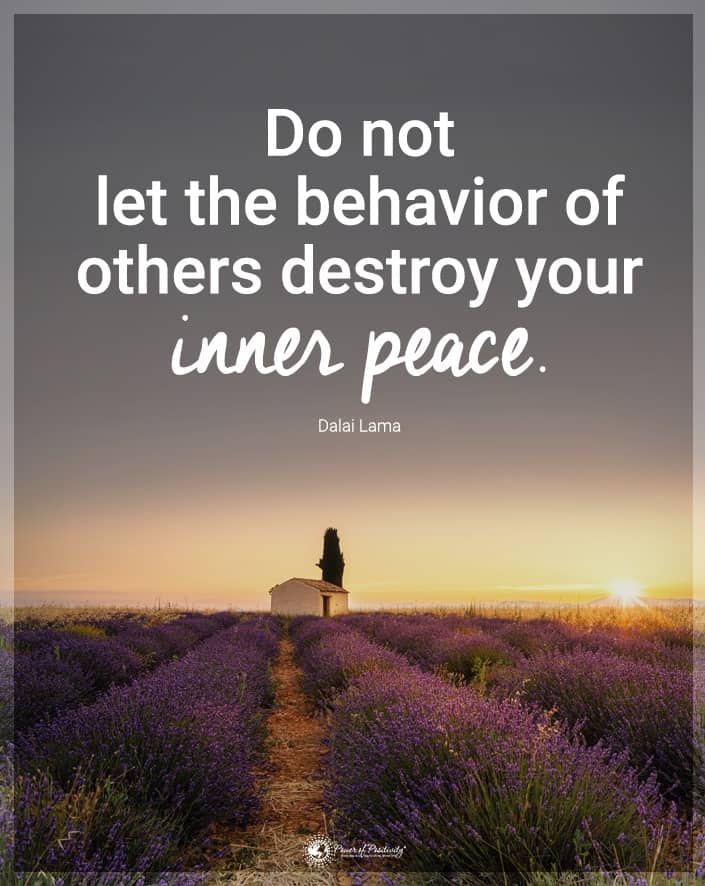Have you ever tried to explain your emotion but realized the right word didn’t exist? I think we’ve all been there at some point, and we all know how frustrating it feels to describe something without proper words. With over one million words in the English language, you would think that explaining our emotions would come easily, but surprisingly, words describing emotions are few and far between in our dictionary.
Because of this lack of adequate vocabulary, John Koenig created The Dictionary of Obscure Sorrows in 2009, where he posts words he invented so that we no longer have to fumble for words to describe our emotions.
Here are 15 words that can express feelings you can’t explain:
1. occhiolism
n. the awareness of the smallness of your perspective, by which you couldn’t possibly draw any meaningful conclusions at all, about the world or the past or the complexities of culture, because although your life is an epic and unrepeatable anecdote, it still only has a sample size of one, and may end up being the control for a much wilder experiment happening in the next room.
2. lachesism
n. the desire to be struck by disaster—to survive a plane crash, to lose everything in a fire, to plunge over a waterfall—which would put a kink in the smooth arc of your life, and forge it into something hardened and flexible and sharp, not just a stiff prefabricated beam that barely covers the gap between one end of your life and the other.
3. exulansis
n. the tendency to give up trying to talk about an experience because people are unable to relate to it—whether through envy or pity or simple foreignness—which allows it to drift away from the rest of your life story, until the memory itself feels out of place, almost mythical, wandering restlessly in the fog, no longer even looking for a place to land.
4. onism
n. the frustration of being stuck in just one body, that inhabits only one place at a time, which is like standing in front of the departures screen at an airport, flickering over with strange place names like other people’s passwords, each representing one more thing you’ll never get to see before you die—and all because, as the arrow on the map helpfully points out, you are here.
5. monachopsis
n. The subtle but persistent feeling of being out of place.
6. nodus tollens
n. the realization that the plot of your life doesn’t make sense to you anymore—that although you thought you were following the arc of the story, you keep finding yourself immersed in passages you don’t understand, that don’t even seem to belong in the same genre—which requires you to go back and reread the chapters you had originally skimmed to get to the good parts, only to learn that all along you were supposed to choose your own adventure.
7. liberosis
n. the desire to care less about things—to loosen your grip on your life, to stop glancing behind you every few steps, afraid that someone will snatch it from you before you reach the end zone—rather to hold your life loosely and playfully, like a volleyball, keeping it in the air, with only quick fleeting interventions, bouncing freely in the hands of trusted friends, always in play.
8. vemödalen
n. the frustration of photographing something amazing when thousands of identical photos already exist—the same sunset, the same waterfall, the same curve of a hip, the same closeup of an eye—which can turn a unique subject into something hollow and pulpy and cheap, like a mass-produced piece of furniture you happen to have assembled yourself.
9. kenopsia
n. The eerie, forlorn atmosphere of a place that is usually bustling with people but is now abandoned and quiet.
10. sonder
n. The realization that each passerby has a life as vivid and complex as your own
11. chrysalism
n. The amniotic tranquility of being indoors during a thunderstorm.
12. kuebiko
n. A state of exhuastion inspired by acts of senseless violence.
13. opia
n. The ambiguous intensity of Looking someone in the eye, which can feel simultaneously invasive and vulnerable.
14. pâro
n. the feeling that no matter what you do is always somehow wrong—that any attempt to make your way comfortably through the world will only end up crossing some invisible taboo—as if there’s some obvious way forward that everybody else can see but you, each of them leaning back in their chair and calling out helpfully, colder, colder, colder.
15. adronitis
n. Frustration with how long it takes to get to know someone.







